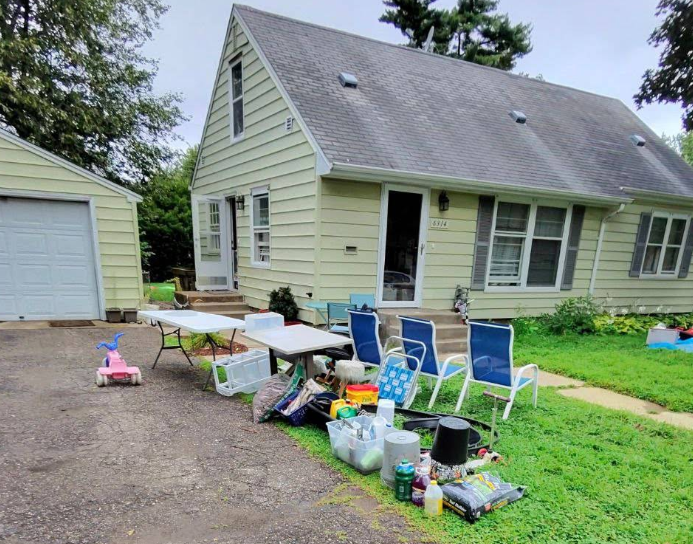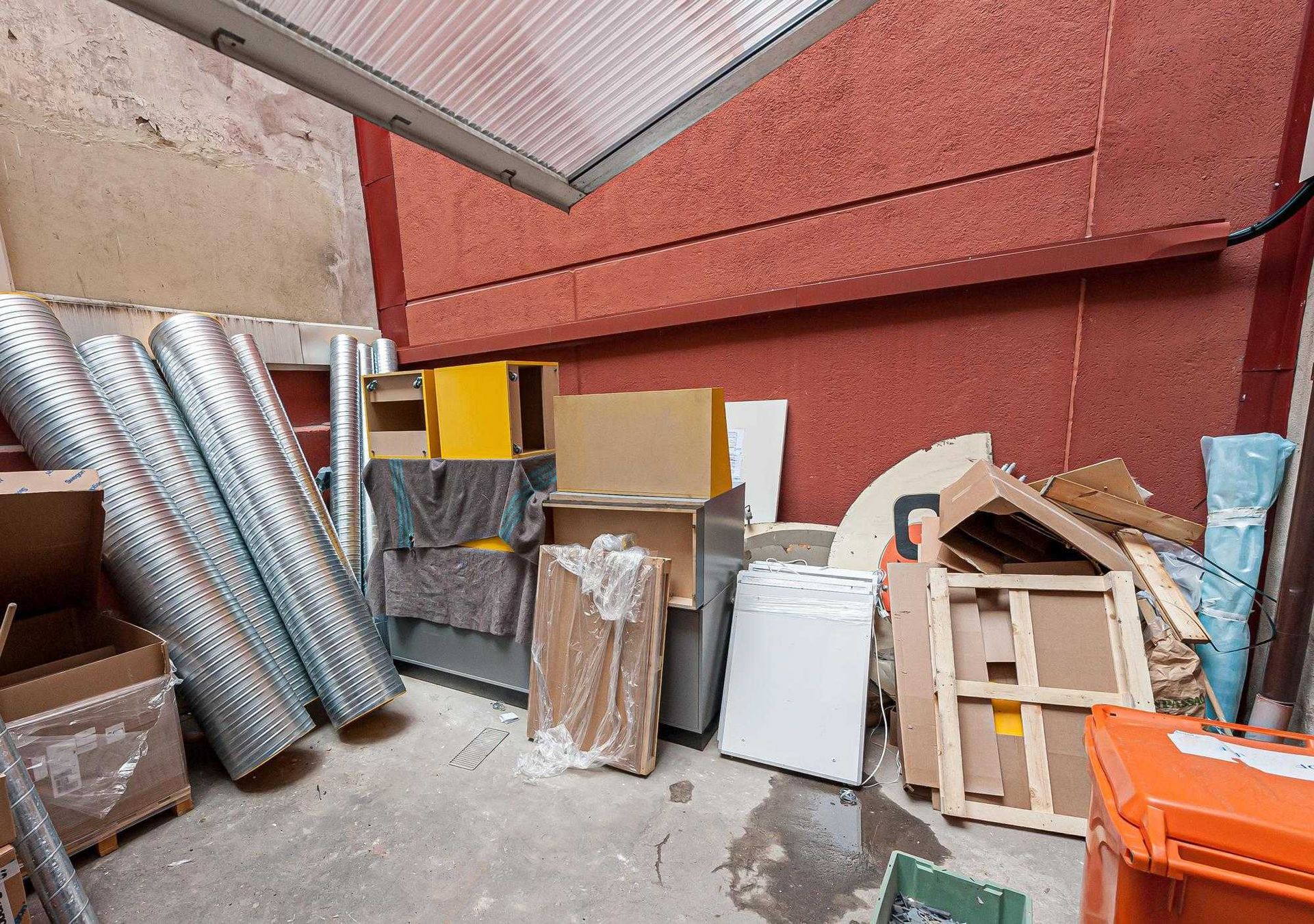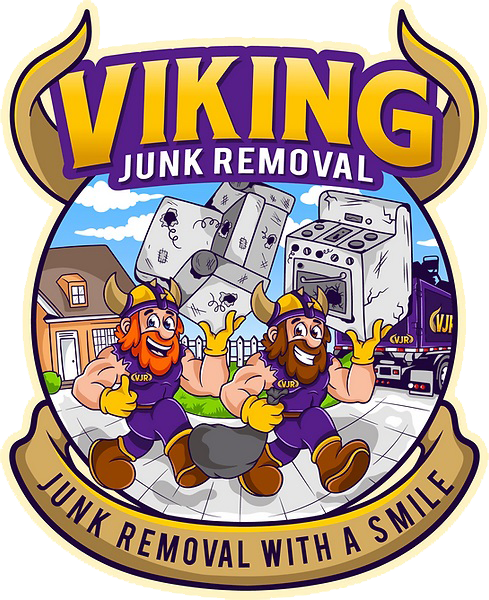Understanding the Costs of Furniture Removal
Every furniture removal journey comes with its own story, and the price tag follows suit. Size, weight, and volume play key roles in shaping what you pay. A single armchair won't demand the same effort as an entire sectional sofa sprawling across your living room. The accessibility of your home also matters more than most realize; tricky staircases and narrow hallways quietly add layers of cost. It’s not just about tossing a couch into a truck, it's the dance between logistics and manpower.
Then there’s the distance to the nearest disposal or recycling center. Sometimes, environmental fees sneak into the equation, especially when eco-conscious disposal practices are prioritized. Understanding how these seemingly small details combine ensures you aren’t blindsided by hidden expenses along the way.
How Size and Weight of Furniture Affect Costs
When it comes to furniture removal, size and weight are pivotal factors that determine the final price. Light, compact pieces tend to be straightforward to remove, requiring minimal labor and no special tools. On the other hand, large, heavy items, such as sectional sofas or bulky wardrobes, demand more effort and specialized equipment, which translates to higher costs.
For example, a fragile coffee table may simply need to be lifted and placed gently into a truck, while a solid oak dining table may require multiple movers and additional padding to prevent damage. The complexity of moving these heavy pieces also increases the time spent on the job, driving up both labor costs and overall expenses. Additionally, the need for equipment like dollies, straps, or cranes to safely move particularly massive items adds an extra layer of cost, underscoring how crucial size and weight are in pricing.
Location of Your Property and Its Impact on Price
The location of your property can significantly influence furniture removal costs, as access, distance, and geography play key roles. For example, homes located in tight, congested urban areas may require special permits for parking or face extra challenges navigating through narrow streets, which adds to the cost. In contrast, properties located at the top of a hill, with long or steep driveways, require extra manpower to haul furniture to the truck, inflating the price.
Even suburban homes with winding roads or limited access may face higher fees due to logistical difficulties. The proximity of the property to disposal centers or recycling facilities can also impact costs—long distances require more fuel and time for the movers, which results in fuel surcharges or longer labor charges. Ultimately, how easy or hard it is to get to your home affects both the cost and efficiency of the removal process.
Different Types of Furniture and Special Considerations
The type of furniture being removed greatly influences the overall cost due to varying handling requirements. For example, antique furniture, with its delicate construction and often rare materials, requires extra care to ensure it doesn’t get damaged during the move. The time spent on proper packaging and protective wrapping adds to labor costs. Similarly, bulky or modular items like office desks or recliners might need disassembly before they can be safely moved, which adds to the overall work involved.
Furniture made from specific materials, like glass, marble, or metal, requires specialized removal methods due to their fragility and weight. Hazardous materials, such as mattresses that may contain fire-retardant chemicals or electronics, also require careful disposal and extra fees due to environmental regulations. These considerations all contribute to higher removal costs, as the process involves more steps, precautions, and sometimes specialized knowledge for proper handling and disposal.

How Urgency and Scheduling Can Influence Pricing
Urgency is a crucial factor when it comes to furniture removal pricing. If you need to remove your furniture on short notice or require same-day service, the removal company will likely charge a premium for rearranging schedules, sending additional staff, and coordinating equipment at the last minute. Scheduling during peak hours, like weekends or holidays, also tends to result in higher rates due to increased demand for services.
After-hours work, such as late-night pickups, often requires paying for overtime labor, and some companies may impose extra charges for these non-standard time slots. If your removal is urgent, being flexible with scheduling can help reduce additional fees. On the other hand, planning ahead, such as scheduling a few weeks in advance, allows movers to allocate resources more efficiently, which can help keep costs lower.
The Role of Labor and Staffing in Overall Costs
Labor is often the most significant factor influencing the cost of furniture removal. The more complex the job, the more staff is needed. For straightforward removals involving easily accessible, lightweight furniture, only a couple of movers may be required, keeping costs low. However, for intricate jobs—such as moving furniture from multiple levels of a house, dealing with narrow hallways, or working with particularly heavy or fragile pieces—a larger crew may be necessary.
More labor not only means a higher cost but also improves efficiency, as a larger team can safely and quickly move items without risking damage to your property or belongings. Additionally, if furniture requires disassembly or protective wrapping, the labor involved increases as extra time and care are needed to ensure everything is properly packed and moved.
Disposal Fees and Recycling Surcharges Explained
Disposing of furniture properly has become more complex with increasing environmental awareness and stricter regulations. Many disposal facilities now charge fees based on the material of the item being disposed of, with bulky or non-recyclable materials, like foam or certain plastics, requiring more specialized processing. These fees, known as disposal surcharges, can increase based on how difficult it is to dispose of the item in an eco-friendly way.
For example, mattresses, which are often difficult to recycle, may come with their own disposal fee. Likewise, upholstered furniture that contains foam or other hazardous components may also attract a surcharge due to the additional care needed for disposal. Responsible companies that prioritize recycling and environmentally safe disposal methods often pass these costs onto the customer. By understanding these additional charges, customers can better budget for the entire removal process, ensuring no surprises when it comes time to pay the bill.
The Difference Between Full Service and Curbside Pickup
When selecting a furniture removal service, the choice between full service and curbside pickup significantly impacts both the cost and convenience of the process. Full-service removals involve a comprehensive level of assistance: the movers enter your home, handle the heavy lifting, take care of any disassembly or protection needs, and ensure your furniture is safely loaded and disposed of. While this option provides maximum convenience, it is also the more expensive choice due to the increased labor and specialized care involved.
On the other hand, curbside pickup allows you to save money by handling some of the work yourself. Typically, you'll need to move the furniture outside to the curb or designated area for pickup, at which point the movers will take care of the rest. While this option can significantly reduce costs, it demands more effort on your part.
How Quantity of Furniture Affects Pricing
The number of items being removed plays a significant role in determining the overall price of the service. A single sofa may be relatively inexpensive to remove, but when the job involves multiple pieces of furniture, such as tables, chairs, and cabinets, the complexity of the move increases. More items require more time, labor, and space, all of which affect the final cost.
Some removal companies charge based on the amount of space your items take up in their truck, while others base their pricing on the number of items or estimated labor hours. In either case, a larger quantity of furniture will naturally lead to higher costs, as movers will need to allocate more resources to complete the job. If you’re looking to save on costs, consider donating or selling some of your furniture ahead of time, reducing the volume to be removed and keeping the price tag manageable.
Saving Money by Preparing Furniture for Removal
The more prepared you are before the movers arrive, the more money you can save on furniture removal. By disassembling larger items like beds, bookshelves, or office desks in advance, you reduce the amount of time and labor needed for the move, cutting down on costs. Additionally, clearing hallways, doorways, and stairs of any obstacles allows the movers to work more efficiently, potentially reducing the number of people needed for the job and lowering overall labor costs.
Ensuring parking is available close to your home can also streamline the process, as movers won’t need to walk long distances to transport your furniture, saving time and reducing fuel costs. You can also save by purging unwanted items before the move—selling, donating, or recycling furniture that you no longer need means less to remove, ultimately reducing the bill.
Conclusion
Understanding the true cost of furniture removal involves much more than simply checking the price tag. The cost is influenced by a variety of factors, each adding a unique twist to the overall pricing. Elements such as the size and weight of the items, the complexity of navigating through your home, and even the location of your property all play a critical role in shaping the final cost. Additionally, factors like disposal practices, recycling requirements, and the urgency of your request can all contribute to the overall price.
When you plan ahead and work with a removal team that is transparent and upfront about pricing, you can avoid any unpleasant surprises. For reliable and professional furniture removal services, Viking Junk Removal in Minneapolis is ready to assist. They are just a phone call away at 612-448-9506 or can be contacted by email at sales@vikingjunkremovalmn.com. Partnering with the right team ensures that your furniture removal is handled with care and efficiency, turning a potentially stressful task into a hassle-free experience.






